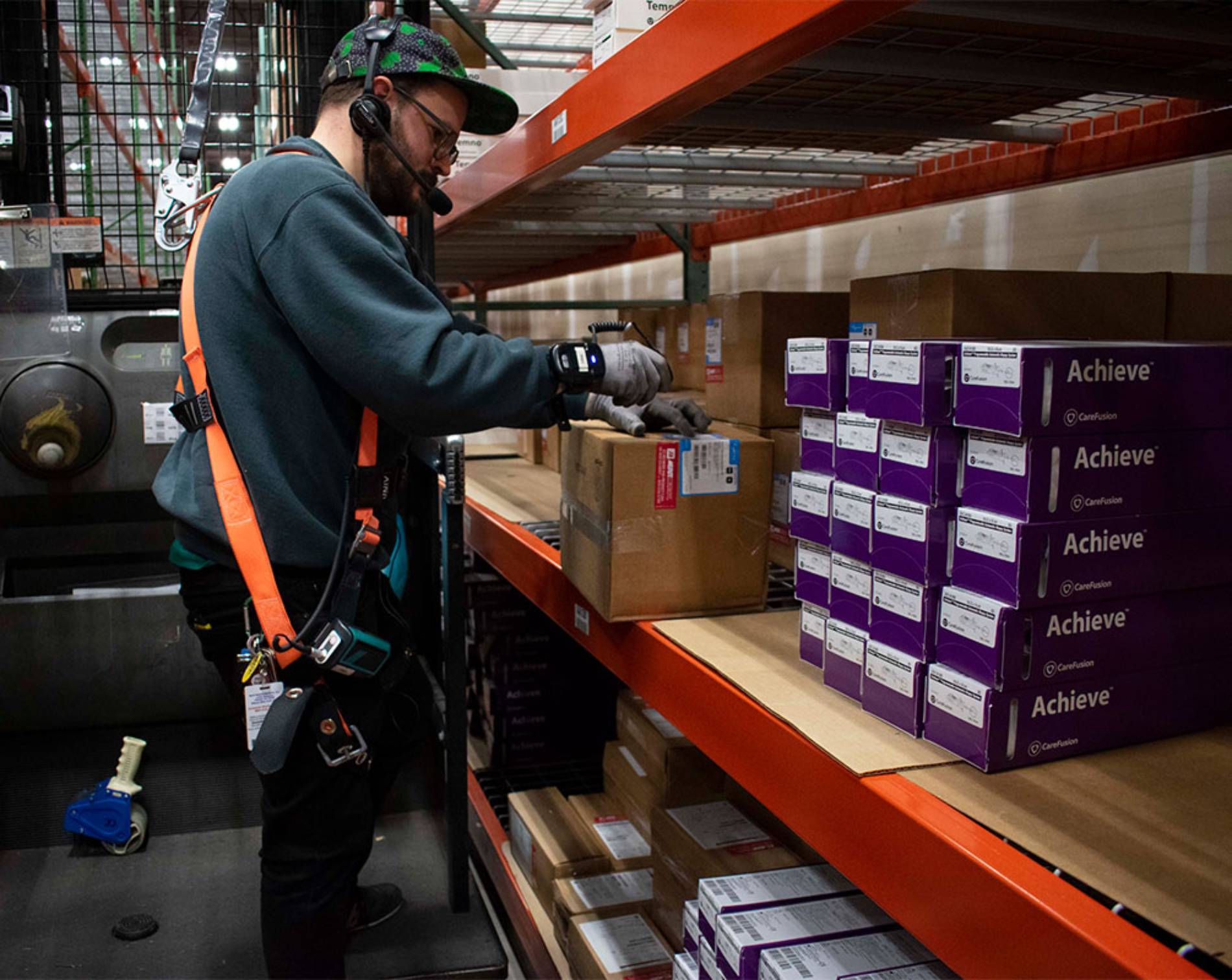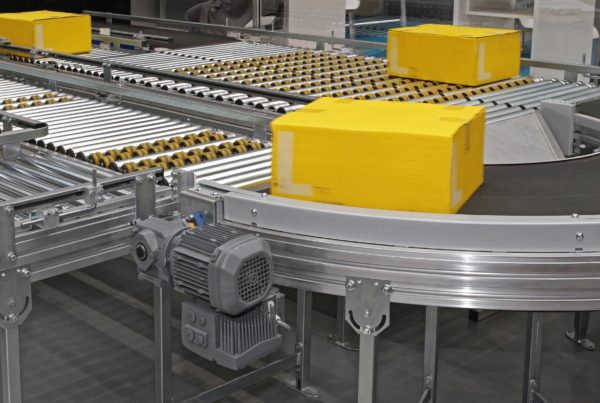55% of the operational costs of a typical distribution center (DC) are associated with order picking. So when an owner or manager of a DC asks us to help lower their costs, streamlining that process is one of the first places we know to look.
Here are some ways you can lower associated expenses and improve your facility’s profitability.
Perfecting the end-user’s experience
When integrating new technologies into a facility, one of the first things to consider is that facility’s key performance indicators. Companies that are able to achieve 99% or higher in four easily measured areas can see 2-5 times more profitability than those who don’t. Due to the ability of these indicators to predict a facility’s success, together they are called Perfect Order Practices.
An order is considered perfect by the end user when it is on time, complete, properly documented, and damage free. When automation is integrated into a facility, anything introduced needs to follow or improve these key indicators.
Solutions and compromises
When a business first considers automation, fully automated and semi-automated systems look so much like the wave of the future that they may seem like the only answer. But often, these systems may be more Futurama rather than near-term reality. These systems are great, but are not the cure-all to every order fulfillment ill. And, because of the initial costs it takes to introduce these systems, smaller companies might never see any return on that investment.
At the other end of the spectrum are companies that use paper picking. Due to its low cost and straightforwardness, it’s often the picking method companies start with. But as a company grows, the inefficiencies of paper picking become unsustainable.
Other technologies to consider include:
- Radio Frequency (RF) picking: With RF picking, a system communicates to operators via radio frequency signals to small displays, often worn on the wrist, which the operator has to read.
- Pick to light: Pick-to-light uses different colored lights to direct operators around a warehouse or facility, to the appropriate shelf, tote, etc. A simple system might use red to indicate that an aisle or a tote doesn’t need to be travelled down or touched; green may indicate an order that needs to be filled.
- Visual Picking: Operators wear heads-up or see-through displays with visual picking systems. They are guided to picking locations via a network of 2D barcodes.
- Voice Picking: With voice picking, operators wear a headset and wrist scanner in a hands-free and eyes-focused system. Voice prompts direct operators through a facility, and the hand scanner is used to validate the order.

Voice Pick Technology
Each of these technologies comes with compromises. Depending on a facility’s needs and processes, their costs may not outweigh the improvements in lines/man-hours, or they may introduce unnecessary inaccuracies.
Best fits
While no one solution has yet proven itself to be perfect in every situation, a return most companies will see on their investment is with voice picking technologies.
Voice picking is faster and more efficient than RF, paper, or visual picking, more accurate than pick-to-light, and less expensive than semi- or fully-automated systems. In a recent collaboration, we helped one client achieve a 200% gain in productivity using voice picking as part of their automation upgrades.
Perhaps most importantly for facilities that are first expanding into automated systems, voice picking is both modular and scalable. It can be affordably installed in a single cart-pick area with 5-6 user picking applications, and scale up to distribution centers shipping 100,000 orders a day.
Moreover, voice picking systems include labor tracking and productivity reporting. Supervisors can get feedback in real-time, and labor can be tracked and analyzed in order to plan for future needs or changes. But, most importantly, regarding the four key indicators of perfect order practices, voice picking:
- yields an on-time shipping performance of 99%,
- yields an order-pick accuracy of 99.9%, and
- can be integrated into a WMS or ERP so that proper packaging and documentation can also be confirmed, ensuring that the product makes it to the end user damage-free and properly documented.
Modern voice picking technologies are multi-lingual, and require no speech training for the user. This means operators can become productive within minutes of walking onto a warehouse floor.





